Quick Solvers 3: PA Toe Point Calculator
Determining rigging point placement for hangs that fire straight forward is as simple as it gets because the points will fall in line with each other front to back, and will usually run parallel or perpendicular to the venue’s rigging beams, which almost always run upstage-downstage or onstage-offstage, forming a simple grid.
When suspended off a beam that runs upstage and downstage (“up-down” beam) we simply need to mark the two points, separated by the length of the flybar. It’s when we want to achieve a horizontal aim of other than 0° that we have a second step.
Let’s say we want a 50° toe-out on our side hangs. If these are single-rigging point hangs common smaller / lighter system deployments, we will need to use rope or tie lie to aim the array in the desired direction and keep it from spinning. If we use delta plates (“vee plates” or “azimuth plates”) and three rigging points, we can adjust the horizontal aiming after the rig is in the air by bumping a motor. But what about with two points?
Prediction software gives us our desired aiming information in polar format (horizontal aim of 50°), with our two points spaced by the depth of the flybar (let’s call it 3.5 ft). How do we mark two rigging points on the floor such that they’re toed out by 50°? Convert the polar format (3.5 ft at 50°) to rectangular (also called Cartesian) coordinates, giving us both the let to right (onstage-offstage) and front to back (upstage-downstage) offsets so a rigger can easily mark them with a tape measure.
If the rigging plot has been prepared ahead of time with computer assistance, this is already done for us, and each point already has an X,Y location that’s easy to measure and mark. However, since each venue geometry varies, I will almost always want to adjust the aim and/or location of audio rigging points “on the day” once I’ve been able to measure the venue myself and work with the prediction. I typically don’t want the side hang aim to just be “eyeballed” as it needs to be relatively accurate in most designs to avoid either a gap at the main-side seam, or undercovered seats along the 180 line.
This is a simple trigonometry problem (remember that stuff you thought you would never use when you studied it in 7th grade math class?). Multiplying the vector length (3.5 ft) by the sine and cosine of 50° will give us the on-off and up-down spacing between the two rigging points.
On-Off Spacing = 3.5 * sin50 = 2.68 ft
Up-Down Spacing = 3.5 * cos50 = 2.25 ft
Now all we need to do is mark the desired location of the front point of the side hang (that’s the X,Y position assigned to it in the prediction software). From there, measure upstage 2.25 ft, and measure onstage 2.68 feet and draw our second point there. When the PA is suspended from those two points, it will be properly toed out at 50° (FIGURE 1).
Figure 1 Left: Stage Left side hang rigging plot view. Red dots indicate rigging points. Right: the 50° desired aim converted to rectangular coordinates (onstage-offstage and upstage-downstage measurements). Rigging points are red circular markers.
I’ve added a tab to my Quick Solvers spreadsheet called 2 Point Toe Calculator which quickly performs this conversion for you and eliminates the need to pull out your Right Triangle Solver app. Simply enter the point spacing (flybar length) and the desired toe in degrees and it will spit out the Up-Down and On-Off measurements.
Under the hood, it’s simply performing the two calculations shown above. The units are labeled in feet but it technically doesn’t matter (put meters in, get meters out).
I find this solver particularly useful for adding small but precise amounts of toe to my main hangs. For example, my design might require the main hangs to be toed in by 5°. The solver indicates that we would need to scootch the downstage point onstage by .31 feet (4 inches), or the upstage point offstage by the same amount, or split the difference. Calculating the exact value of 4 inches is far more accurate than simply sliding the point a little bit visually and calling it good, especially in a larger venue / longer throw situation in which small errors in point location can become large aiming errors and miss by significant numbers of seats.
Quick Solver Spreadsheet (Published Google Sheet | Download as Excel)


